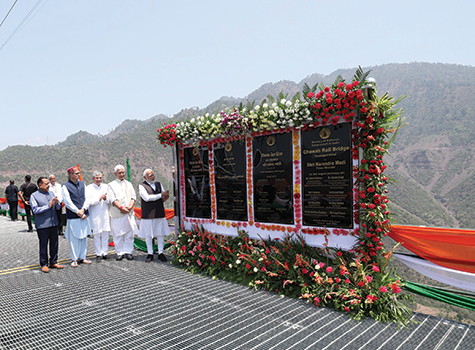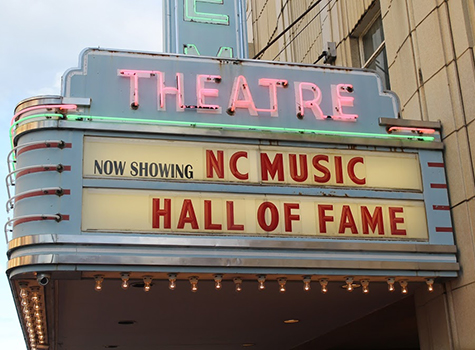
A cousin recently posted a United Nations chart showing the 10 worst air quality cities on the planet. Surprisingly, 6 out of 10 were in South Asia, with Lahore and New Delhi taking the venerable 1st and 2nd spots. I had already spent several weeks looking at videos of chain reaction car accidents all over the subcontinent. Visibility was so bad last month that once a single wreck happened on the highway, there was no way to stop cars from continuing to slam into a pile of twisted metal ahead of them. But smog does not end on the highway.
I came into Manhattan from Virginia occasionally during summers when my dad was visiting on various UN assignments. Without GPS back in the ’80s, you could easily follow the greenish yellow dome of toxic fumes straight into New York City. I was young and thought little about the impacts. Johnny Carson joked about LA smog regularly; there was hardly a recognition that smog was anything other than a driving inconvenience while we idled in hopeless freeway traffic jams in mostly old smoking clunkers, which is what the majority of people drove in big urban areas while Reaganomics was still waiting to trickle down and bring unbridled wealth to the masses.
Growing up, I could identify many large global cities by the smell of the air alone—it was diesel, petrol, sulfur, burnt plastic, smoking wood. The cities had a permanent smell that you got used to and lived with. It wasn’t until 2004 or so, when riding my bike in southern North Carolina, that I started noticing subtle differences in the evenings. I was reasonably fit for 44, but on bad ozone alert days would start wheezing after a few hundred yards. Machismo ruled my life, however, and I landed in the ER twice in two years because of breathing issues. No one mentioned air quality while I was under CAT scan machines.
Smog is not a funny phenomenon that happens when everyone with a motorized vehicle decides to drive to work. With the US flip flopping on the Paris Accords, scientists are warning that we are reaching that critical stage in climate change that will lead to catastrophic consequences. Eminent physicist Stephen Hawking is warning that this planet will actually have to be evacuated within 600 years. It is possible that we may have killed Earth.
The BBC reported from New Delhi recently that the rich and even the middle class were rushing to buy air purifiers. In Pakistan, where the power is frequently off due to “load shedding”, the air purifier buyers probably fire up very high polluting generators and blow even more pollution in the air while they sit inside under the delusion that they are getting clean air.
The farmers are being accused throughout South Asia of burning fields to prepare for new planting. It is something they have done for millennia without consequence. Now a perfect storm is developing that includes millions of buses, cars, motorbikes, rickshaws and taxis. The industrial sector is badly regulated and spews pollutants. Scientists blame everything from generators to flatulence in farm animals for creating the toxic umbrella that is smog.
Underneath the umbrella are hundreds of millions of people from Karachi to Kolkata to Beijing. The solution providers have the craziest and most desperate ideas, like spraying New Delhi with water.
We are all sitting around discussing silly micro ideas for the short run and macro ideas for a decade from today. Meanwhile, millions are in the crosshairs of a crisis that seems to have no immediate solution.
Smog is not a simple issue with an acute resolution. We are ill-equipped to measure its consequences. It can turn a virulent variety of the common cold and a mild flu epidemic into something catastrophic. Millions of people are susceptible to respiratory illnesses that are either caused by or aggravated by bad air quality. People who are compromised can suffer prolonged or fatal illnesses. The burden on already shoddy healthcare systems in Third World countries could be overwhelming. Millions could die directly or indirectly from consequences of heavily polluted air.
Political and economic solutions are even more elusive. You cannot realistically tell the poorer motorcycle drivers not to go to work while car owners continue to drive. You limit factory emissions and people lose their jobs. You tell farmers to abandon traditional field clearing techniques and you risk interrupting a centuries old cropping cycle. You tell villagers to stop cooking on wood fires and they starve.
Smog is a persistent and modern monster that casts a shadow over an entire cultural and geo-political system that cannot wait a decade for answers.
The role of the Sun, that eternal source of skin-baking intense heat that we battle for 8-9 months in South Asia—well, we don’t even know. Creating a cloudy dome of pollution over us can have unpredictable and catastrophic results as regards to sunlight.
All kind of balances are maintained by the sun that we have never calculated in a scientific manner: plant growth and oxygen release, control of algae growth, disinfecting of sewage, evaporation of water, crop growth, pest control, disease control by killing bacteria and viruses. The short answer: we really don’t know the facts about how sunlight and smog interact to alter our lives.
I am not an environmental scientist or a medical professional…but I do have plenty of free amateur advice at cocktail parties after a glass of wine. “So, what are the air pollution solutions, Mr. Wise Guy,” I hear frequently after I lecture people on smog and the politics of climate change. For once, I can offer no advice from the peanut gallery. We won’t put fans in the jetstream to redirect air; we won’t make it rain and wash off the smog. We won’t invent and hand out a billion portable solar air purifiers that have no energy footprint.
My answer is usually simple and dire: “Millions of us will die.” My answer is usually untypical for me: “Pray.”
Posted: Monday, December 11, 2017



